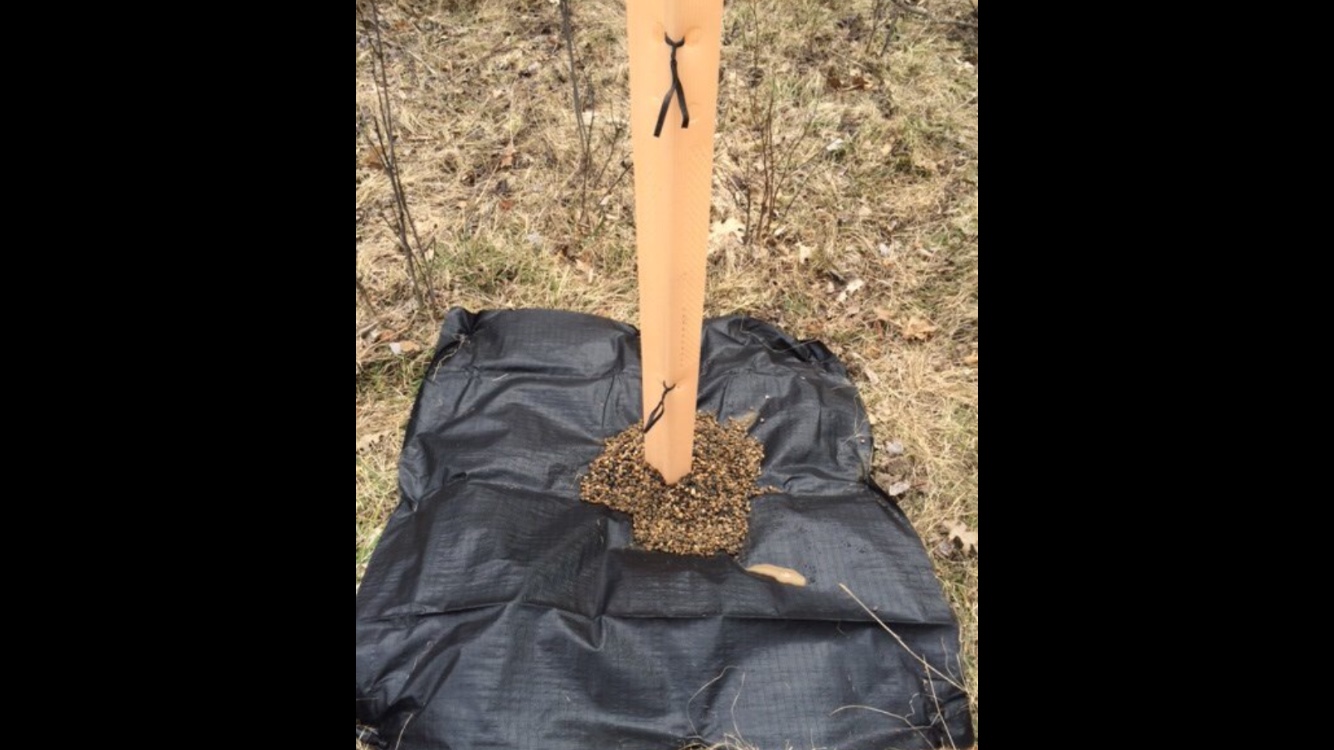blueKYstream
5 year old buck +
As far as the American persimmons go, have you done an inventory on your land yet? By far, the best bang for the buck for me has been to convert natively growing male persimmons on my land to female. This produces more soft mast faster and at a very low cost than any thing else I've done with trees. Here is a thread from when I first started doing that with lots of pictures: http://www.habitat-talk.com/index.php?threads/sex-change-operation-transfered-from-qdma-forum.5547/
Especially if you are in KY, you should talk to Cliff England (England's Nursery). He has been a great help to me with persimmons and pawpaw. He is very knowledgeable. I've planted hundreds of chestnuts from Dunstan nuts. Only a few have died. I've seen no real signs of blight on them. We also have Allegheny chinquapins growing natively here. They are in the chestnut family. I've collected the small nuts from them and propagated them. They are susceptible to blight, but unlike American chestnuts, it does not stop them from producing nuts. They generally take more of a bush form. They produce nuts when pretty young. When they get blight (or fire), they die back to the stump and then resprout and quickly produce more nuts.
There are lots of Chinese chestnut varieties. Auburn has patented a few with some good wildlife characteristics, AU Buck III and IV. III drops is touted to drop mid-September through mid-October and IV is touted to drop mid-October through mid-November. Just a couple to consider. I think the patent has been licensed to the Wildlife Group.
Probably the tree in the chestnut family I'm most excited about right now is Castanea seguinii. It is commonly called Chinese Chinquapin, Dwarf Asian Chestnut, Seguin and Everblooming Chestnut. I propagate most of my chestnuts from nuts myself. I've been trying to get some of these going for a couple years now. I finally bought a few trees from the Wildlife Group last winter and put them in 3 gal RB 2 containers. They grew on my deck and produce nuts the first season I had them. I'm now propagating those nuts: http://www.habitat-talk.com/index.p...uts-question-transfered-from-qdma-forum.5553/. These don't get blight. They produce small nuts similar to Allegheny chinquapins and can produce multiple crops each year. They are generally bush like, but as you can see near the end of that thread, shredder posted some information that some 90' tall have been found in China. What is not to like, a tree that can produce its multiple crops of chestnuts in its second growing season, is blight resistant, and can reach 90'. Wow! I'm sure it is not a fit for all zones, but it is worth a hard look.
Thanks,
Jack
Jack,
OK, I'm floored with your knowledge. I've searched the forum and was able to read some of what you had said previously. It's good to hear that Dunstan's aren't a bad option. As far as the Allegheny Chinquapins, I think I'm inclined to start with something that's a little less of a problem as a first planting. I may consider it for future plantings though because I know native trees are typically best. I'm intrigued by the Dwarf Asian Chestnut for sure. However, I can't find anywhere that offers seedlings. I also don't really see any chestnut options on the Wildlife Group website at this point. I'm going back and forth on price vs quantity. With some sites charging $30-$60 a tree, I'm thinking I won't get to plant more than 5 or 10. If I wanted a couple for my backyard, the exotic nurseries would be a good choice. However, if some died, I'd probably cry haha. I'm curious if the state nurseries all come from 1 Chinese Chestnut variety or if they are a mixture. I'm kinda sorta leaning towards state nursery stock at $85 for 100 shipped (or less if I get fewer trees which is a probability) unless you think that's a bad choice or if you know a better option.
I know that my property has at least one persimmon tree, but I hadn't found any others. To be quite honest, I'm just now learning about them. If I do find some, the root stock likely won't be in places I want them. Grafting them is a daunting task right now for me. I fear ordering from some of these sites that I'm going to find out only the male trees survived my plantings, the few I ordered turn out not to be female, or something crazy. The Tree Pro source that has grafted female trees with different drop times sounds like a great option at 10 for $150 (I hope?). I don't know what kind of pear varieties they offer though.
Last edited:

